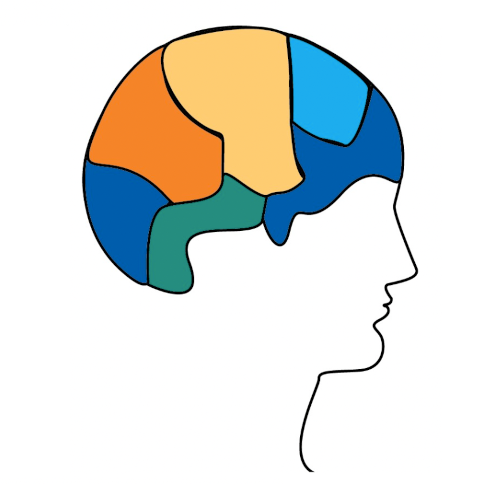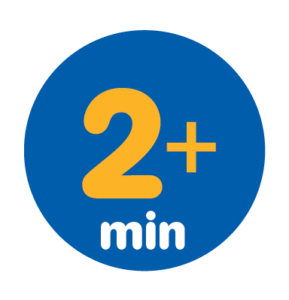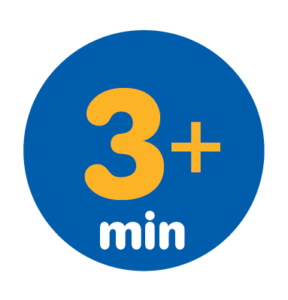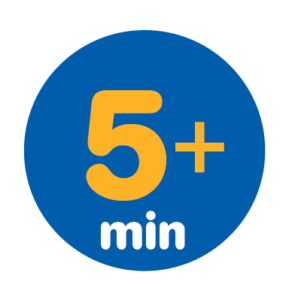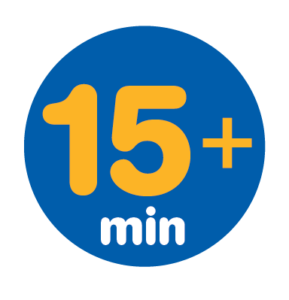Flex 1.0 Class 15 Pilot
CLASS 15 | THINK POSITIVE!
Boost self-confidence with a group exploration and discussion.
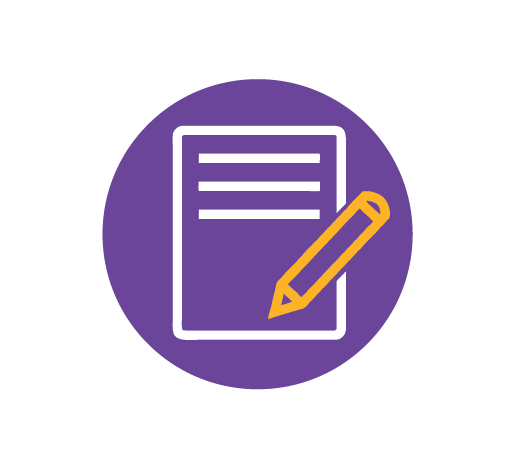
TRAINER OVERVIEW
- TBH Think Positive! cards or slides
- Source for sharing the TBH Think Positive! slides, if using
- Class 15 TBH Take This Home cards, enough for each student.
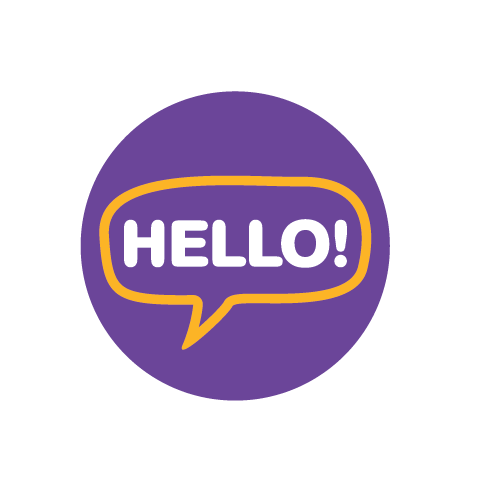
WELCOME TO CLASS
Welcome to today’s class! Our topic is “Think Positive!” We are going to learn why feeling confident in ourselves is so important to living fully each day. This can be especially true when we are facing a health challenge, like memory loss.
Our TBH Blueprint focus is the “Believe in Yourself” action point.
We will be working on the following thinking skills today:
- Coordination
- Attention
- Verbal Skills
- Visual Skills
- Memory
- Executive Control
Hand out the TBH Welcome Packet to all new students for a more complete introduction.
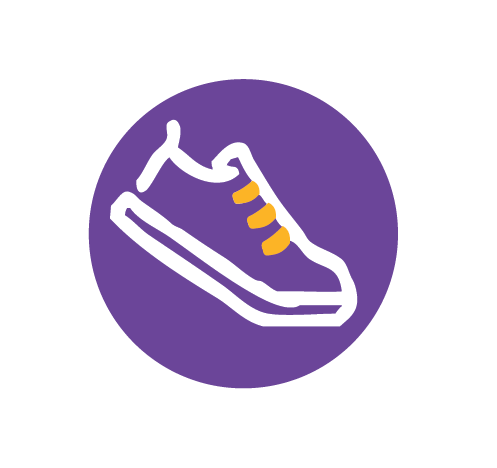
TBH LET'S GET IT STARTED
We are going to start with a great warm-up for our bodies and brains called TBH Let’s Get It Started.
It is a wonderful way to get us ready to focus and learn together. We’ll do this right at our seats at the beginning of every class. Just watch what I do and follow along!
(At end of warmup) Great job, everyone! We are started up and ready to go!
FEET GET STARTED!
- Tap toes on both feet, up and down. 10 repetitions. Count together 1 to 10.
- Alternate toe taps. 10 repetitions. Count together using the alphabet A to J.
LEGS GET STARTED!
- Stamp feet on the ground, alternating feet. Make “noise” with group.
- Gently kick legs out from the knee, alternating legs. 10 repetitions. Count together from A to J.
- March in place, alternating legs. 10 repetitions. If your class is physically able to march in place safely while standing, you may choose that option. Count together from 1 to 10.
ARMS GET STARTED!
- Gently shake arms, open and close hands.
- Circle wrists a few times in clockwise and counterclockwise.
- Hold arms straight out in front, shoulder level, palms facing down. Slowly lower both hands to thighs and then raise them back to shoulder level. 5 repetitions. Count from 1 to 5.
- Shrug shoulders up and down, with hands on knees. 5 repetitions. Count from A to E.
VOICES GET STARTED!
- Say “OHHHHHHHHHH.” Have group say sound with you. Hold for a few seconds.
- Say “EHHHHHHHHHH.” Have group say sound with you. Hold for a few seconds.
- Say “AHHHHHHHHHH.” Have group say sound with you. Hold for a few seconds.
- Say “OH – EH – AH.” Hold each sound for a few seconds. 3 repetitions.
BREATH GETS STARTED!
- Slow focus to bring awareness to sitting still in chair.
- Take a deep breath in through the nose.
- Exhale out through the mouth.
- Give selves big hug, wrapping arms across waist and squeezing gently, as able.
- Thank selves and send some “TBH love” to our brains!
Click to open the TBH Let’s Get It Started! playlist.
Click for the TBH Let’s Get It Started! complete guide.

LEARN THE TBH SCIENCE
The World Health Organization has found that having confidence that we can do things to stay well is critical to healthier aging. Feeling empowered leads to more confidence in ourselves. And that is especially important as we get older. And that is true even when we face memory challenges. It’s very empowering to know that even when we are facing memory loss, we can still help ourselves think better and stay healthy.
That kind of self-confidence is important to our brain’s well-being also. There’s a famous quote by Henry Ford that goes, “Whether you think you can or you think you can’t, you are right.” When we think we “can” do things that make a difference, we are more confident and motivated to do things we know are good for our brain, like exercising or staying social.
In what ways have you learned to feel more confident about your well-being?
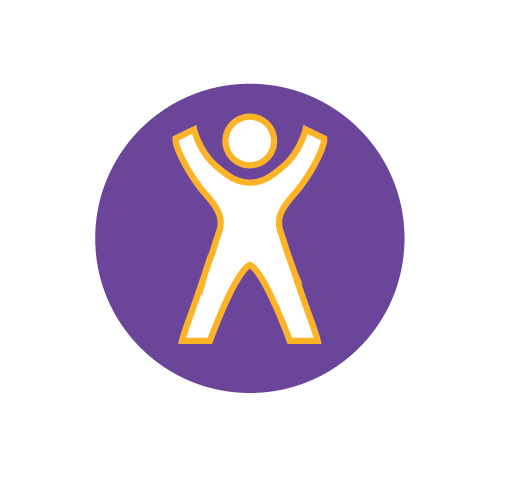
NOW DO IT!
It’s nice to have the chance to talk about the ways this course has given us more confidence. It is important to always “Think Positive.”
However, there are times, especially when we are facing challenges to our memory or health, we need to practice our self-confidence. That’s true no matter who we are!
I have a stack of cards (slides) that have words and images on them. Each one is a way we can think about ourselves in a more positive light. For example, we can think about the ways in which we are kind. Or the ways in which we are helpful.
We are going to look together at one card (slide) at a time. For each one, we’ll take turns sharing what it brings to mind. Try and think about a positive way it makes you feel about yourself. You can do this however you like. There’s no right or wrong answer. You can say your response. You can sing your response. You can even get up and dance your response! Anything goes!
Let’s get started. Ready?
(At end of workout) Great job, everyone!
- Lead your class in this workout to personalize their learning of the science.
- Guide your class through the TBH Think Positive! workout, using the cards or optional slides.
- Using one card or slide at a time, invite students to share their response to the TBH Think Positive! prompt.
- Allow students to respond spontaneously. Option to go around asking everyone to take a turn. Encourage conversation as needed.
- Do three to four rounds, as time allows.
- When repeating this class, use different prompts to keep the workout fresh.
- Make It Harder. Break the class into pairs. Give each pair a card, have them discuss and then share their responses with the class. Switch cards so each pair has a chance to talk about a few prompts, as time allows.
- Make It Easier. Guide the conversation by offering examples and supporting students’ answers. Ask for non-verbal responses to the prompts.
- One-to-One Delivery. Use the cards one-to-one. Take a picture together and come up with your own prompt or description of how it reflects your positivity. Share your picture and a description to “think positive!” with others via email or text. Challenge another trainer and student to do the same. Share your photo with the student’s family.
- Virtual Delivery. Encourage distance learners to follow along. Use the TBH Think Positive! slide deck with distance learners. Talk together about how thinking positively can be especially helpful at difficult times when you might be more isolated or facing a challenge.

TBH TAKEAWAY
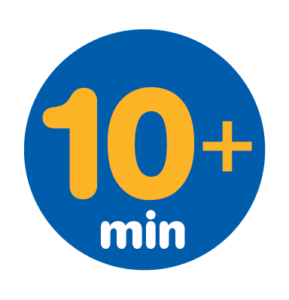 Share this brief wrap-up to end the workout.
Share this brief wrap-up to end the workout.- Distribute the TBH Take This Home card for this class.
- Ask students to share how they feel after today’s class.
I hope you all enjoyed learning about why thinking positively can be such a boost to our brainpower, and to our overall well-being!
Here is a TBH Take This Home card for this class. It will remind you what we learned together today. This card has instructions to keep up the practice of “thinking positive!”
What did you like best about today’s workout?

TBH TAKE A BREATH
Let’s wrap up with “TBH Take a Breath.” Being mindful and sharing some positive thoughts gives us a chance to think about what we have learned together and how we can use it in our daily lives. Research shows that mindfulness practices like this supports brain health when living with dementia. And it is a wonderful way to end our time in class together.
- Have students get comfortable, resting both feet flat on the floor, hands resting in their laps.
- Have students close their eyes and keep them gently closed.
- Ask students to focus their attention on their breathing, noticing the rate and rhythm of their breath. Allow them to focus on their natural breathing for a few moments.
- Instruct students to begin rhythmic breathing. Ask them to inhale slowly and deeply through their nostrils, breathing gently into their chest and belly. Then ask them to exhale slowly through their lips, slowing the rate and rhythm of their breath.
- Have students continue rhythmic breathing, instructing them to continue to focus on gently and slowly inhaling and exhaling, allowing their attention to simply “ride” the wave of their breath. Allow them to focus on rhythmic breathing for several moments.
- Offer the following positive affirmation statements below in a calm, slow voice. Invite students to simply listen, repeat the phrase silently to themselves, or to think about what each statement means to them.
I feel relaxed.
I am grateful for my brain.
I am grateful for my senses.
I am grateful for my focus.
I am grateful for myself.
- Pause for several moments.
- End the exercise by inviting students to bring their awareness back to the room, gently opening their eyes and becoming more aware of their surroundings.
- Invite them to end practice with gratitude for taking a moment for themselves, for the chance to learn together and connect with each other.
Click for the TBH Take a Breath music playlist.
Click to open the TBH Take A Breath complete guide.

COMING UP NEXT!
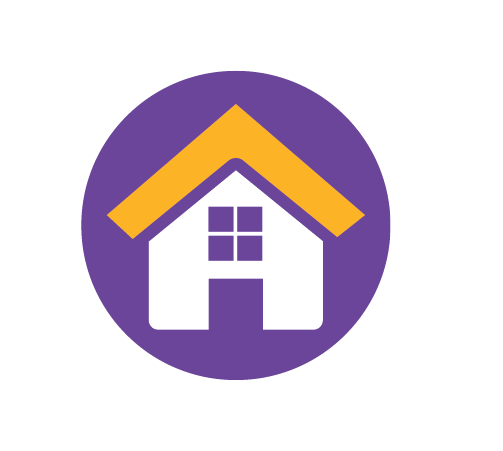
CLASS RESOURCES
NOW DO IT! WORKSHEETS
Provide your students with the following worksheets for the in-class exercise.
TBH Think Positive! Cards. Use the TBH Think Positive! cards for the class activity. Print and assemble the card deck. Print the cards two-sided and in color. Next, cut them apart. If possible, laminate the cards for easier handling by your class. You will need one deck for the class.
TBH Think Positive! Slides. You have the option to use the TBH Think Positive! slides for the class activity. Download the slides HERE and save them to your computer or a flash drive for easy access during your class.
TBH TAKEAWAY HANDOUTS
Download and provide your students with the following handouts.
Class 15 TBH Take This Home Card. Use the Class 15 TBH Take This Home cards for the TBH Takeaway closing activity. Print out enough copies of the cards so that each class member has one to take home. Print the cards two-sided and in color. Cut them apart. If possible, laminate the cards for easier handling and durability. If you’d like, punch a hole in the card and provide a small mountable hook so students can keep the cards in a visible spot at home.
ADDITIONAL RESOURCES
Life Lessons and How to Savor Them: Creating Positive Perceptions of Aging in Older Adults. Smith, JL and Bryant, FB. Mathers Lifeways Institute on Aging.
Words Matter: See Me, Not My Dementia. Dementia Action Alliance (2015). A wonderful resource on reframing our language around dementia and self-perception.

